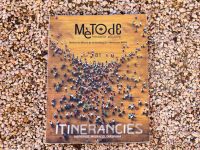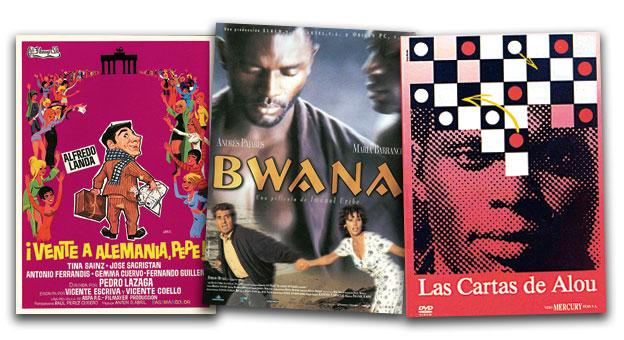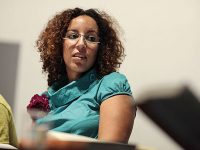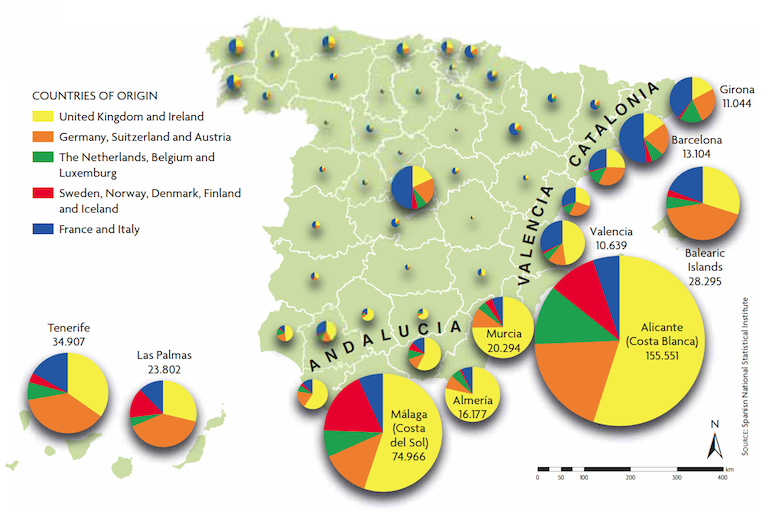
Most animals move from one place to another at some time in their lives. These movements may be undertaken by individuals or by groups, and species may colonize new habitats or join new social groups or populations away from their birthplace. Indeed, humans are a highly mobile species, dispersed far and wide. The first migration led some groups away from the African continent to colonize the rest of the planet and, ever since, geographical displacement of individuals or groups has remained constant throughout history (despite the restrictions currently imposed by border-control policies). Although there are many causes of migration, the ultimate goal is to improve chances of survival and/or reproduction.
The various facets of mobility (dispersal, migration, or diaspora) make it a very complex phenomenon, with huge biological, political, social and cultural repercussions. Today itinerancy raises myriad issues worldwide and is the subject of scientific study in various disciplines such as ecology, economics, genetics, sociology and cultural studies. This monograph addresses these issues in a variety of articles linked by a common theme: itinerancy. This topic is discussed broadly without attempting to reach definitive conclusions, in order to encourage reflection from a pluralistic view: What environmental conditions favour dispersal and migration? Why do some individuals risk leaving their birthplace to travel to unknown places while others stay put? How do migrations affect human genetic diversity? What is the impact of migration on a socio-cultural and political level? Are there rich and poor migrations? How do migrations transform the landscape and the environment? What costs and what benefits do migrations have at an individual and group level? How are border systems controlled? Whose interests do immigration and asylum policies protect? What do first or second-generation migrants have to say about their own experience? How do cinema, literature, theatre and art portray the theme of migrant identities caught «entredeux» languages and cultures?
We are aware that METODE’s examination of human and animal itinerancies in this multidisciplinary and comparative way, incorporating natural sciences with social and human sciences, is a risky proposition which is open to criticism. However, we believe it will enrich debate, opening the frontiers of knowledge to bridge the gap between different «sciences» which sometimes disregard each other and encourage new interpretations of and approaches to an important and complex issue in the twenty-first century which concerns us all; undoubtedly an exciting challenge.





